
The ‘Groote Kerk’ or big white gable church is one of the oldest buildings in Fort


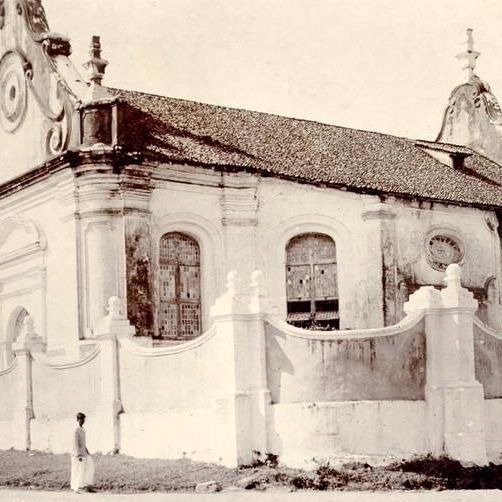
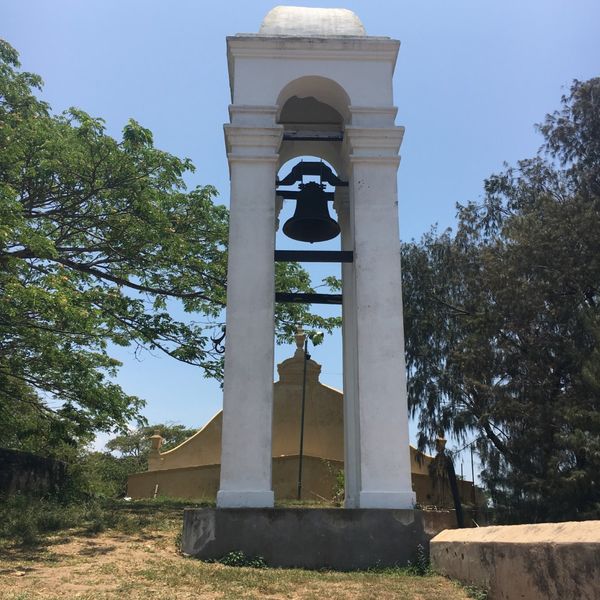
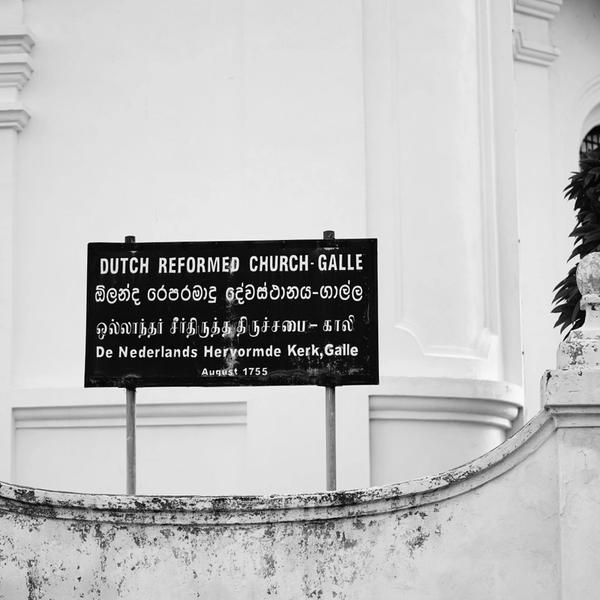
- Church Street
- Open daily 8.30 am-5pm
New Church

A new church was one the first things the Dutch planned when they conquered the Fort from the Portuguese in 1640. It took about half a century to complete the grand white gabled structure, strategically placed on the site of an existing Portuguese Capuchin convent, located at the highest point in Fort. Today, it remains as one of the oldest Protestant churches in Sri Lanka.
In the early days of the colony, the congregation worshipped in four different places including the spice warehouses and gunpowder storeroom near the lighthouse. Then they built the church. This is our bedrock.
A takes a baby
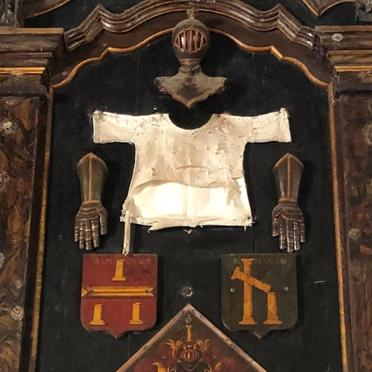
This church took a while to build. The foundation was laid in 1682, but the work only really started decades later when Dutch Governor de Jong and his wife Geertruyda made a considerable contribution to celebrate the birth of a long-awaited daughter in 1752. The child was not baptised until the church was completed. On the wall is a spectacular mural tablet commemorating the deaths of de Jong and Samland, another well-known 18th century commander. The tiny t-shirt is said to be Samland’s baptism gown.
Stone carved gravestones
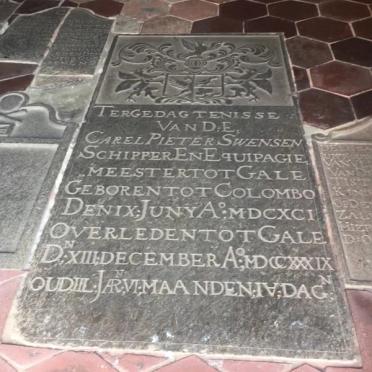
The church still has original calamander wooden pulpits, honeycombed floor tiles, a vintage grand organ and beautiful stained-glass windows, but the highlight must be the church floor paved with giant gravestones. These were burial chambers for the embalmed remains of the Dutch elite. Some are brought from older graveyards along Peddlar and Church Street which were closed in 1710 & 1804. Have a look and see the ‘who is who’ of society in the old days. The graveyard stones in the garden hold another secret, legend has it there is an underground cemetery with skeletons from the 18th century.
Dutch bell tower
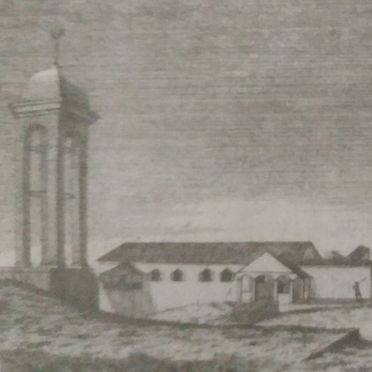
Oddly the church does not have a clock tower. The Dutch Belfry, built in 1701, is at the opposite side of the road.
